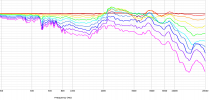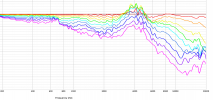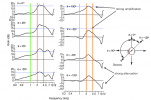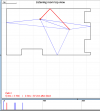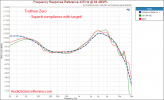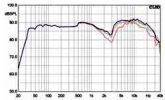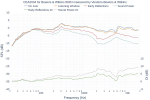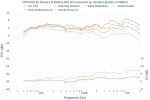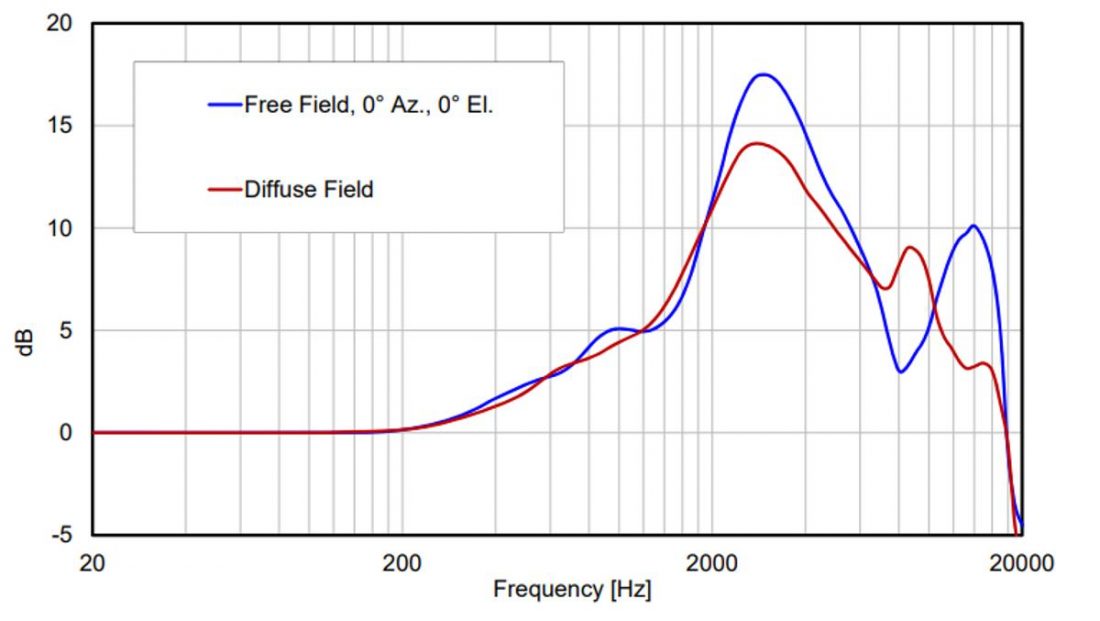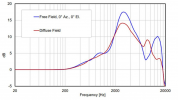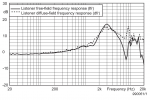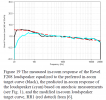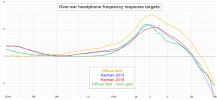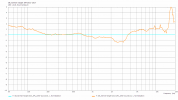The test was conducted with the B&W 802D and not with the 802N. The estimated in room responses of different B&W speakers are not that similar all might provide the 3kHz dip but I haven't seen such a fitting diffuse field direct sound wiggle with other models. The newer models also might have a to bright sound they seems to be less neutral without equalization but I haven't heard or seen telling measurements of the 802D.This was shown by two binaural blind listening comparisons conducted here in the forum:
Binaural blind comparison test of 4 loudspeakers - I
Binaural blind comparison test of 4 loudspeakers - II
I have listend to the 802N with higher listening distance and not much angled and it sounded neutral to me even the BBC dip was almost none existent which is strange due to its measurements. Some say that the direct sound of the B&W 802N have to be compensated to be linear to get even more convincing neutral sound but I haven't tried this with that speaker. But even without that it sounded very neutral to me more natural than most studio monitors with a listening distance which was slightly to large.
You already mentioned that many headphones and speakers already use a BBC dip in some way and therefore a playback of the recording of a speaker with such a dip might be to much of a dip.
Yes it is reversed it might have to do with the room acoustic cues from the recording space, which it typically bigger and which therefore have to be made more "diffuse sounding" or it might have to do with the higher amount of diffuse sound compared with the studio recording. I am not sure what exactly is the cause of this effect and I am more than happy if there are other theories. But for me and others who tested this the light wiggle (about 2dB) makes a speaker with a bigger listening distance than 2m sound more natural. The effect is much easier to observe with good omnidirectional speakers which sound very unnatural without such a compensation. I can only encourage everyone to test this if you have the chance.The extreme sound power dip of the B&W speakers, due to the different perception of direct and diffuse sound, cannot be justified with the "Zwicker curve", since it says exactly the opposite of what your PIR example shows.
In the frequency range 2-4kHz the sound pressure level in the diffuse field must be increased by about 2dB compared to the sound pressure level in the direct field to perceive equal loudness. Here is the text to your quoted diagram:
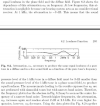
Source: Zwicker, Fastl - Psychoacoustics
Yes, there are many other effects which are overlaid: the original BBC dip was introduced from about 1 to 3kHz there a 2dB dip was proposed to the direct frequency response. The explanation was to compensate the perception of distance which was to near without this. Clearly both effect have some influence on each other.
Can you please elaborate or at least throw some key word or a link in?to justify this would go beyond the scope here...)

